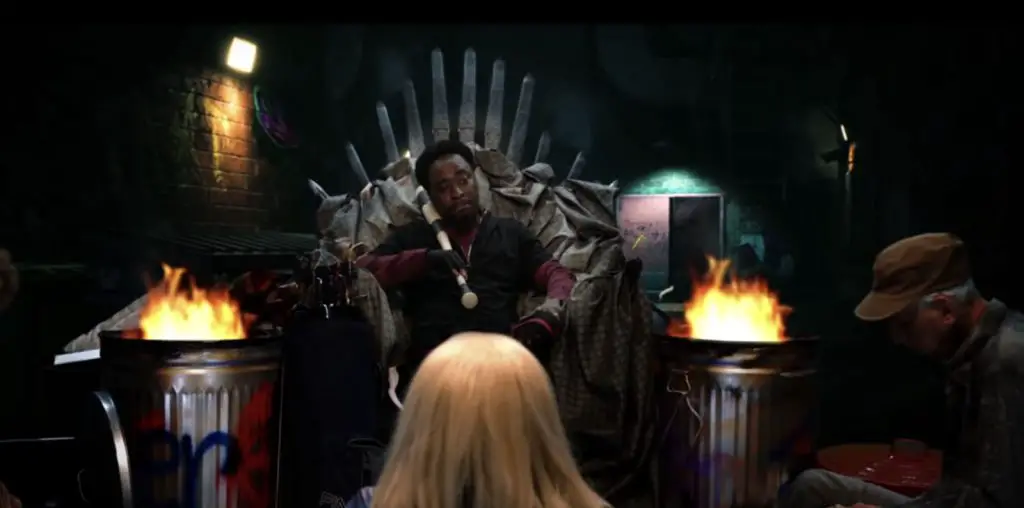
It’s perfectly normal to collect coins, stamps, bottles, candles, film memorabilia, Happy Meal toys, and Beanie Babies. It’s also perfectly healthy to keep souvenirs and hold onto things for sentimental reasons. For some people, though, attachments to objects can go overboard. These individuals bend the malleable distinction between keeping objects for their sentimental value and keeping objects because one cannot bear to throw them away (even if the items no longer function). Random House Webster’s College Dictionary defines “hoarding” as “the act of accumulating hidden or carefully guarded supplies for future use,” and “packrat” as “a person who collects, saves, or hoards useless small items.” According to psychologists, hoarding is a type of obsessive-compulsive disorder (OCD) where people excessively collect and save things. Having lived with a father who amassed more than he threw out, Kris Britt Montag gives audiences an intimate look at hoarding and being a packrat in her documentary “Packrat”.
As Dr. Randy Frost, a clinical researcher at Smith College, explains, hoarders have a complicated relationship with objects. The average person may decide not to toss out the empty milk carton because it can store another type of liquid or be used in one’s child’s science project. A packrat, on the other hand, will decide to hang on to not one but perhaps forty empty milk jugs. The average person might also be too busy to dust and vacuum on a regular basis or simply doesn’t make it a priority to maintain a clean and tidy abode. A packrat, however, doesn’t consider the neatness factor. Montag’s documentary conveys that it’s more than just the refusal to discard things that probably will not be used anymore or at all.
“Packrat” opens up the lives of the director’s late father and her friend Jessica’s father. The documentary portrays Montag’s dad’s hoarding to be an extension of or manifestation of his anxiety. Growing up during the Great Depression probably created an economic reason for Mr. Britt’s reluctance to throw things in the garbage. Furthermore, as an engineer on military ships, he was away from home nine months out of the year. Theoretically, his relationship with possessions is his way of establishing control in his house. The portrait of Jessica’s father, however, doesn’t offer a similar possible “explanation” for his hoarding. His second wife anecdotally mentions that because they live on a farm, it’s “okay” to keep something around if it really could serve a purpose in the near future.
Despite the increase in the awareness of hoarding as an OCD, because it is still an under-studied area, researchers are still uncertain about the pathology of the condition. Montag’s documentary is important because it personalizes what textbooks dehumanize. Hoarding isn’t just an unhealthy behavior, there’s a person behind it. A packrat sees himself as living in a museum, not a junkyard.
